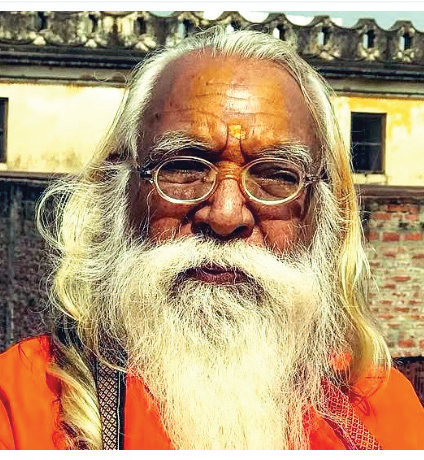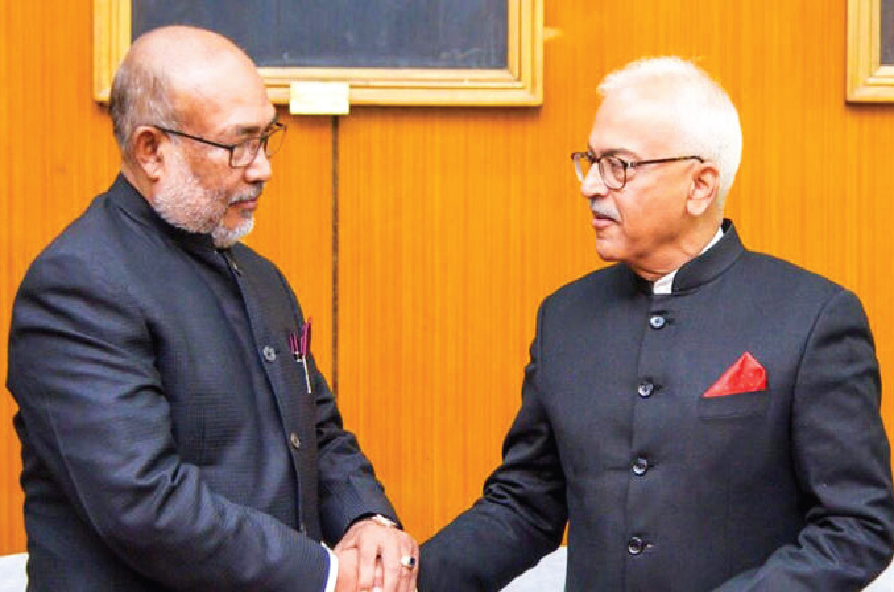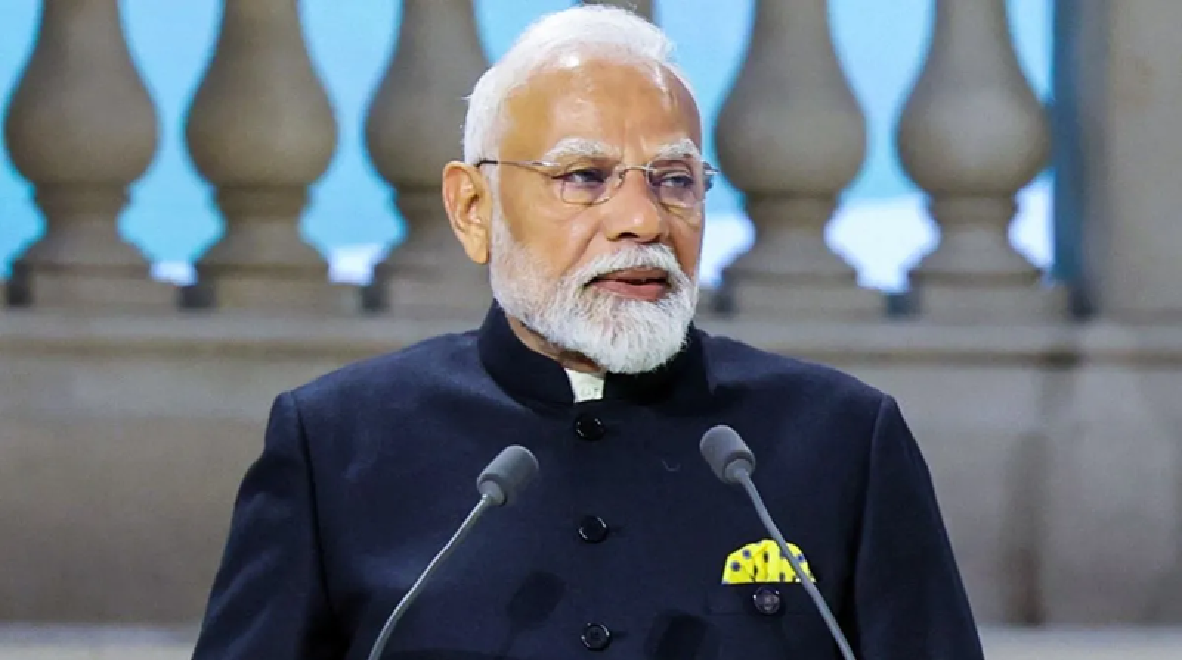
Urgent call for change: Need for diversity in India’s higher judiciary
NT Correspondent
Bengaluru
India’s judiciary, which holds the power to shape the nation’s democratic framework, is failing to reflect the very values it seeks to uphold. With systemic inequalities deeply embedded in the legal system, the lack of social diversity among the higher judiciary has become a pressing concern. While the judiciary is tasked with safeguarding the rights of the marginalized, its own composition remains alarmingly exclusive, dominated predominantly by the upper castes, with minimal representation from Scheduled Castes (SC), Scheduled Tribes (ST), Other Backward Classes (OBC), and women. In a statement reportedly based on figures provided in the Rajya Sabha by the Union law minister, the chairman of the National Confederation of Dalit and Adivasi Organisations Ashok Bharti highlighted that only 3% of judges belong to the SC community, 2% to the ST community, and 12% to the OBC category, effectively rendering the higher judiciary an “exclusive club” dominated by upper castes.
The law minister’s account also mentioned that the judiciary includes just 37 judges from minority communities. The figures for women are even more disheartening, with only two women judges in the Supreme Court. This underrepresentation signals a broader issue of social and gender inequality within an institution that should ideally be a mirror of the diverse society it serves. At the heart of this issue is the judicial appointment process. The collegium system, which selects judges based on merit and seniority, has been criticised for failing to consider social diversity. Despite repeated requests by the government to prioritise candidates from marginalised communities, the reality remains unchanged. The absence of quotas or affirmative action in the judiciary ensures that this imbalance continues. The lack of diversity has broader implications. A judiciary that is disconnected from the lived realities of the marginalized will struggle to understand and address their concerns. Marginalised communities need representatives who share their lived experiences, as this enhances the judicial process and ensures that justice is not just impartial but also inclusive. Without such representation, the judiciary risks becoming an institution that serves only the elite, undermining its credibility in the eyes of the public. Moreover, the gender disparity within the judiciary further compounds the problem.
The lack of women in the higher judiciary limits the ability of courts to engage with gender-specific issues from a diverse perspective. Women’s rights, which are often adjudicated by male-dominated benches, may not receive the nuanced understanding they deserve. The underrepresentation of women sends a harmful message about the judiciary's commitment to gender equality. For a fairer and more inclusive judicial system, reforms are essential. Introducing affirmative action or making the appointment process more transparent could help ensure that the judiciary reflects the diversity of Indian society.
Only then can the judiciary truly serve its purpose as an institution of justice for all. The higher judiciary cannot continue to be an exclusive club. To preserve its legitimacy and credibility, it must become a true representation of India’s diverse social fabric.
 English daily published in Bengaluru & Doha
English daily published in Bengaluru & Doha






